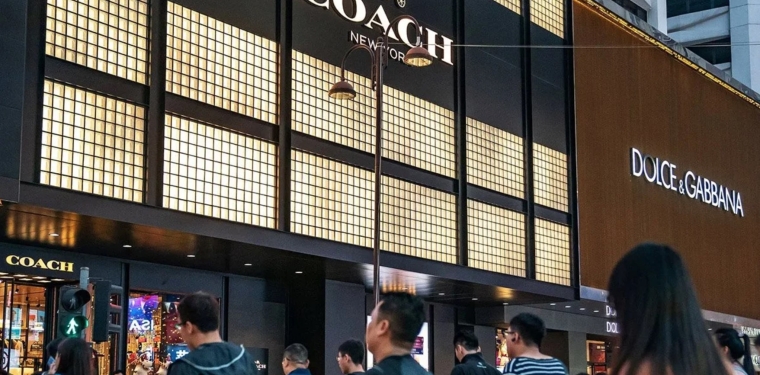
By Mark Tanner*
China’s retail goods sales grew 4.5% in the first nine months of the year. While solid by most countries’ standards, it trails the 5.1% rise in incomes. Consumers are saving a slightly larger share of their pay packets, despite ¥300 billion ($42 billion) in consumption subsidies this year.
This hasn’t been helped by real estate, which had long been the psychological backbone of households feeling wealthier, but still haven’t managed to shake falling prices. But not all sectors are slowing: online retail rose 9.8%, up on 7.9% growth for the same period last year.
Reading deeper into the “slower” growth story
A headline slowdown glosses over the brands that have evolved with shifting habits, and are flying as a result. Those giving consumers both the products and marketing that hit the right emotional notes are seeing growth far beyond the average.
Food finds its appetite
It’s not just the Labubus and Laopus lighting up Chinese social feeds. Sales of ‘green organic food’ surged 27.9% during Golden Week, while overall spending on food climbed 10.4% in the first three quarters.
China’s appetite is still there, it’s just getting more selective and, in many cases, more premium.
From owning to experiencing
The service sector grew 5.2% in the first 9-months of the year, 16% faster than goods, as Chinese consumers continue to trade “stuff” for experiences. Across the spectrum, from Hilton Group opening high-end hotels in another 30 cities, to Mixue scooping up more cheap ice cream, milk tea and now beer, experiences are becoming an increasing driver of consumption growth.
Products that tap into this growing quest for experiences are riding high in China, like the five foreign outdoor brands that climbed past $500 million in annual sales within a few years. Sports and recreation retail itself has grown 19.6% this year.
Luxury showing green shoots … for brands that cater to new needs
Desire for experiences is reflective of a McKinsey survey showing that more than 70% of affluent Chinese travellers prioritised cultural and personal enrichment over displays of luxury. Despite this, even brands that sell branded goods are rewarded if they provide rich experiences in their customer journey.
An example of this is Louis Vuitton’s The Louis Cruise Ship in downtown Shanghai. At a time when many luxury brands are pulling back, the brand’s ginormous investment drew an explosion of social media posts, with 100,000 daily passers-by and around 2,500 making an appointment and queuing up to visit it each day. The experience contributed to LVMH swinging back to modest growth last quarter.
Coach, meanwhile, didn’t spend large on a ship, but leaned into big-data insights and in-home ethnographic research to deeply understand its customers and service their needs. This saw their parent company’s revenue in China grow 5% over the past year, as many of their peers struggled.
Me, Myself, and My Laopu
Growing sales in China isn’t just about knowing what people buy, but why. Gifting was once the lifeblood of luxury but has been curbed by the anti-corruption drive and a new wave of self-indulgent consumption.
Laopu Gold has read the room perfectly: 37% of jewellery purchases this year were “self-indulgent,” up from 27% last year as more consumers focus on spoiling themselves.
What’s next: a nudge from Beijing
China’s retail categories will continue to face challenges. However the 15th Five Year Plan released next March will almost certainly outline further plans to build a “robust domestic market” to goose consumption. Brands with the deepest understanding of Chinese consumer needs and behaviours, and act upon them, are most likely to tap into the opportunity from this.
*Mark Tanner is the CEO of China Skinny, a marketing consultancy in Shanghai. This article was first published here, and is re-posted with permission.

We welcome your comments below. If you are not already registered, please register to comment.
Remember we welcome robust, respectful and insightful debate. We don't welcome abusive or defamatory comments and will de-register those repeatedly making such comments. Our current comment policy is here.